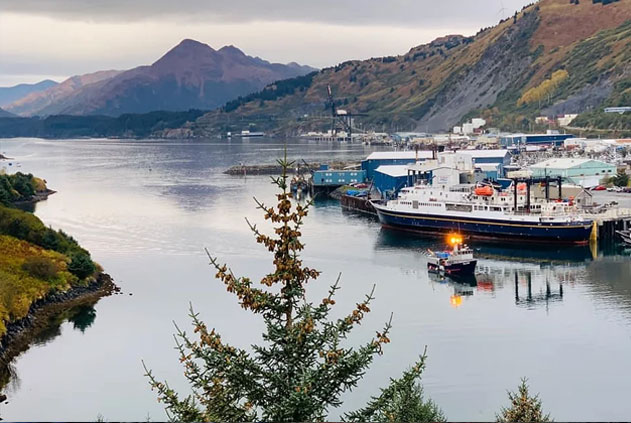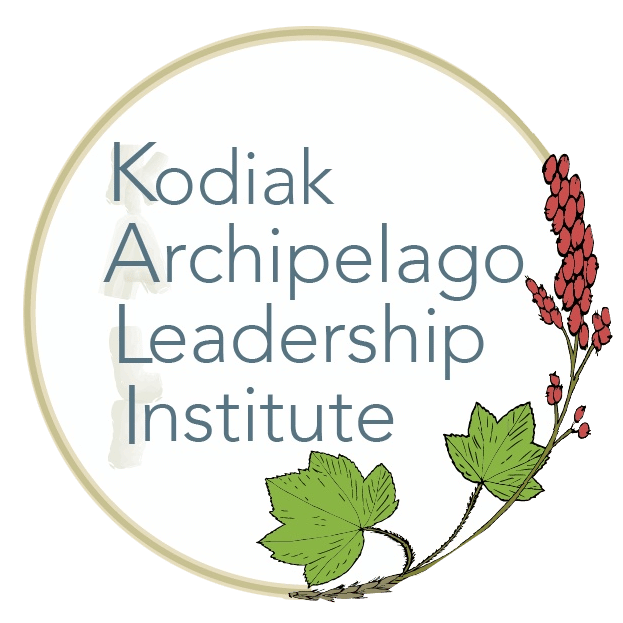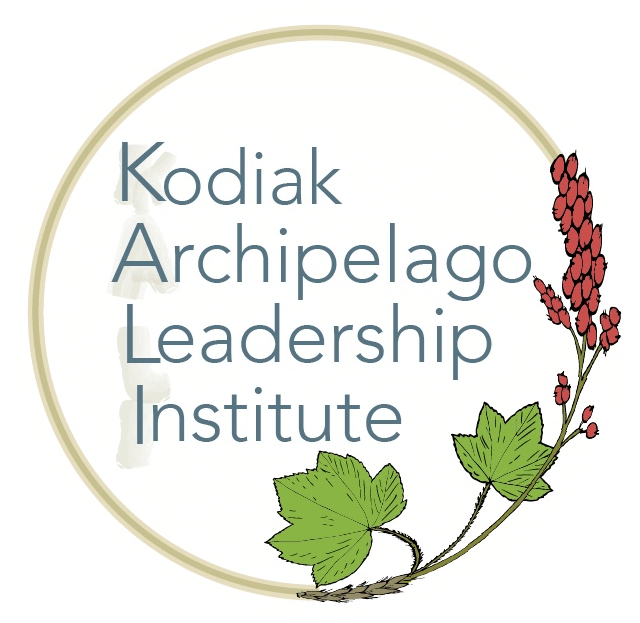
Contacts
Woody Island
Gwen Sargent
President, Tangirnaq Native Village
info@woodyisland.com
907-486-9872
Native Village Of Afognak
Candace Branson
Tribal Administrator
Native Village of Afognak
tribe@afognak.org
907-486-6357
The City of Kodiak (Su’naq in Alutiiq) is the main city and the regional hub of the Kodiak Archipelago. The City of Kodiak area has been continuously inhabited by the Alutiiq or Sugpiaq people for over 7,000 years. Today’s modern city of Kodiak began first as a number of adjacent Alutiiq villages. In 1792, the area then became a post for the Shelikhov-Golikov Company, a precursor of the Russian American Company. The post eventually became the first capital of Russian American and was a center for harvesting the region’s vast population of sea otters. The company warehouse is still in use today as the Kodiak History Museum. As part of Kodiak’s Russian presence, Orthodox missionaries, including Saint Herman of Alaska, arrived on the island by the end of the 18th century. This Russian-dominated period of about 75 years ended with the Alaska Treaty of Cession in 1867, when control of Alaska was passed from Russia to the United States. The Russians called the island Kad’yak (Kodiak) from the Alutiiq word Qik’rtaq, which means island.
After the Treaty of Cession, Kodiak emerged as an important commercial fishing center that continues through today. The City consistently ranks in the top five of commercial fishing ports in the United States for value of fish landed. The value of Kodiak’s fishing resources is demonstrated by the presence in Kodiak of the country’s largest United States Coast Guard Base, Air Station Kodiak.
Today, the City of Kodiak is a vibrant and diverse mix of peoples that reflect Kodiak’s Alutiiq, Russian and commercial fishing history. The offices of three federally recognized tribes of Alutiiq peoples are located in Kodiak. KALI is actively partnering with two of these tribes, the Native Village of Afognak and Tangirnaq Native Village.

